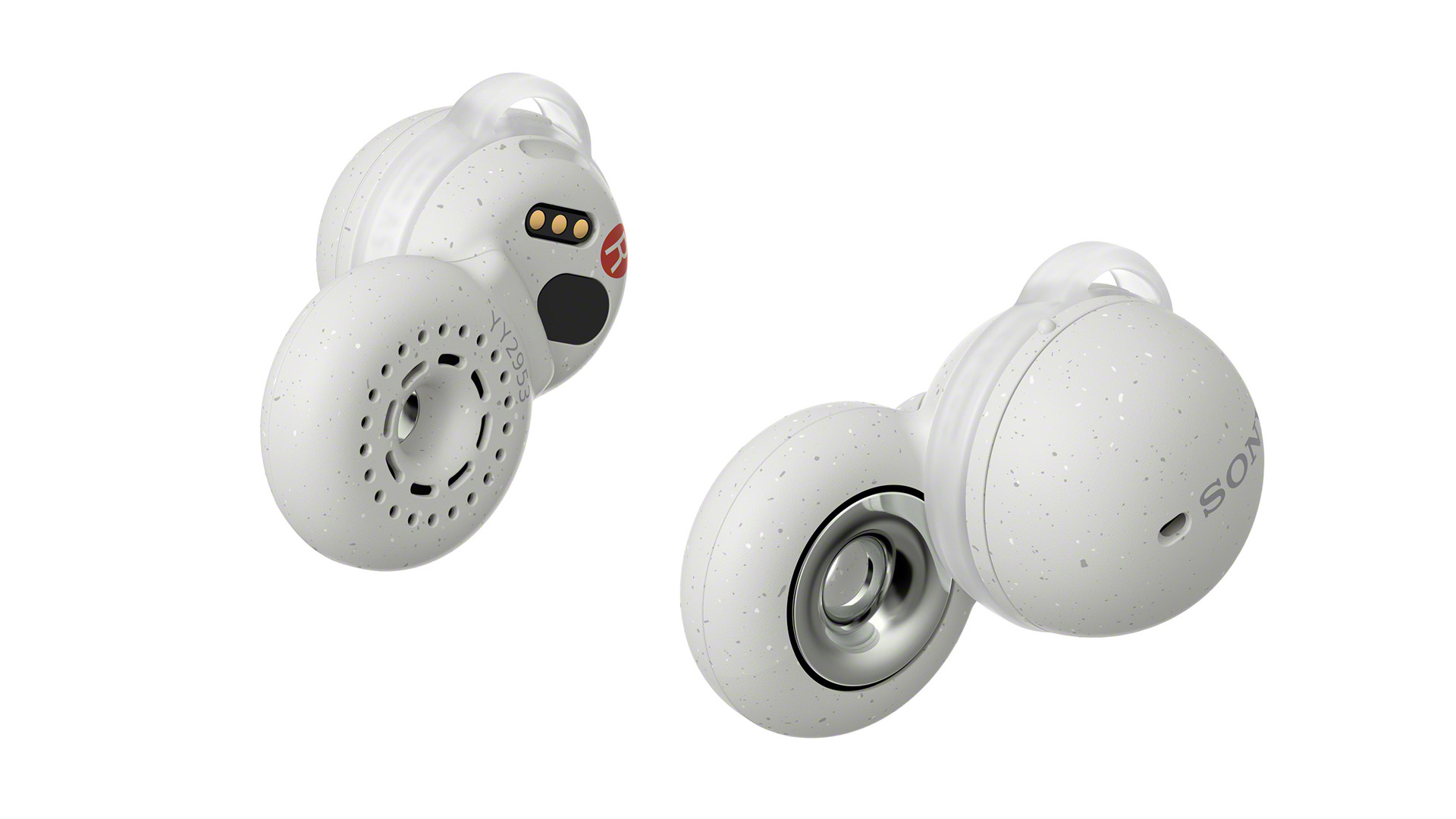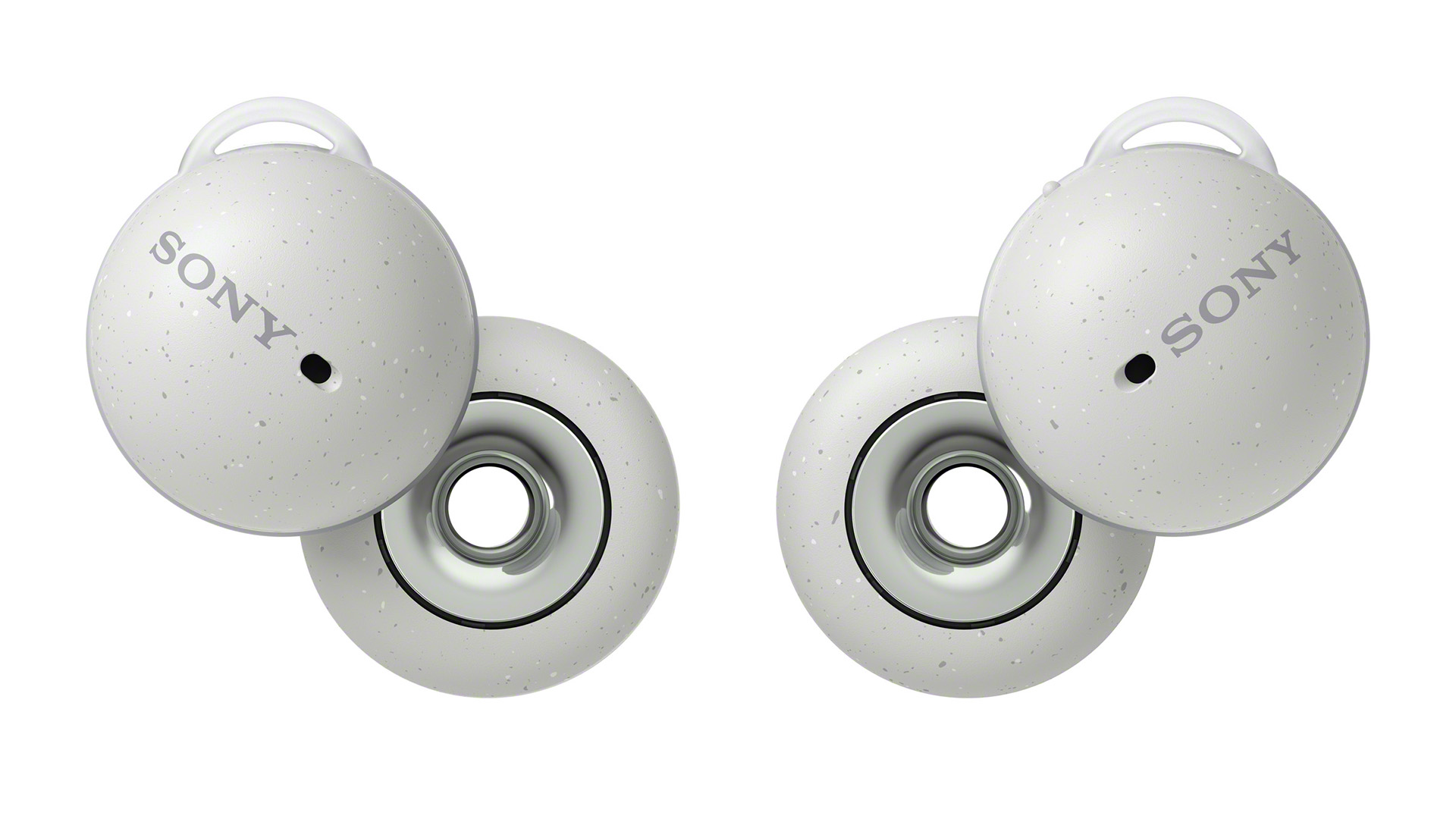New wireless earbuds research suggests Sony was onto something big – and I'm keen to see more
Survey participants said being “uncomfortable in the ear” was the biggest letdown for wireless earbuds

Chipset giant Qualcomm has published its annual The State of Sound report, and its findings suggest there are two key areas of improvement for wireless earbuds.
The report is based on a survey sample of 7000 smartphone users from the US, UK, Germany, China, India, Japan, and South Korea, focusing on consumer trends and behaviours around audio, particularly headphone usage.
For headphone aficionados, the most interesting finding was that discomfort and insufficient battery life were the biggest ‘pain points’ of wireless earbuds. Comfort was also flagged as being the most important factor for people when seeking a new pair.
This ties in with another of the report's findings: people are wearing their earbuds more frequently and for longer periods of time. Specifically, 58 per cent of participants stated they used them on a daily basis compared to 26 per cent in 2022 – an increase which is no doubt in part due to the increased nature of hybrid working, as many take calls on the go and in non-office environments. Naturally, the more you want to wear something, the more comfortable it has to be. Similarly, if you're using something for longer periods, you'll care more about battery life.
The battery lives of true wireless earbuds have generally been heading in the right direction, based on our testing. Even budget pairs these days tend to offer a combined 20 hours from the earbuds and charging case, and many premium pairs extend this well past 24 hours. We've come some way since the three-hour earbud capacity of the first-ever true wireless pair, Onkyo's W800BT.
But while earbud comfort has improved in recent years, with sets becoming smaller and lighter, the majority of earbuds sport a familiar eartip design, carried over from the line of wired and wireless earbuds before them, for that secure fit and direct listening experience. Apple bucks that trend with its AirPods, of course, but then their fit hardly has universal appeal. Sony has arguably been the biggest player to think outside the box with its open-design, tip-less LinkBuds.

"Those of you who hate the feeling of silicone or memory foam burrowing into your ears will be delighted to learn Sony has deliberately designed the LinkBuds to not do this," we said in our Sony LinksBuds review.
Get the What Hi-Fi? Newsletter
The latest hi-fi, home cinema and tech news, reviews, buying advice and deals, direct to your inbox.
The focus was on delivering a headphones experience that wasn't so isolated, but the lighter, less intrusive fit also helped with long-term comfort. The open design had sonic repercussions, but getting around the intrinsically intrusive fit of traditional earbud designs is certainly something I'd like to see headphone manufacturers toy with. Wouldn't it be great if in the future we saw sets that offer the best balance of comfort and sound quality? Qualcomm's survey respondents certainly think so.
What's pleasing to read in Qualcomm's report is that there's been a sustained interest in sound quality, with 73 per cent (compared to 67 per cent in 2022) stating they "make sure that sound quality on my devices gets better and better with every purchase”.
On a similar – and final – note, the report unsurprisingly revealed a growing trend in ‘lossless' audio and ‘spatial’ audio, with 60 per cent of survey-takers stating it would influence the purchase of their next true wireless earbuds/headphones. This is no doubt thanks to tech giants like Apple having ramped up their promotion of the technologies over the past year or two.
MORE:
The best headphones deals in the build-up to Amazon Prime Day 2
New Bose vs Apple: Bose QuietComfort Ultra Earbuds vs AirPods Pro 2
The awesome Bose QuietComfort Earbuds II are at the cheapest price we've ever seen them
Our pick of the best wireless earbuds you can buy
Becky is the managing editor of What Hi-Fi? and, since her recent move to Melbourne, also the editor of the brand's sister magazines Down Under – Australian Hi-Fi and Audio Esoterica. During her 11+ years in the hi-fi industry, she has reviewed all manner of audio gear, from budget amplifiers to high-end speakers, and particularly specialises in headphones and head-fi devices. In her spare time, Becky can often be found running, watching Liverpool FC and horror movies, and hunting for gluten-free cake.

